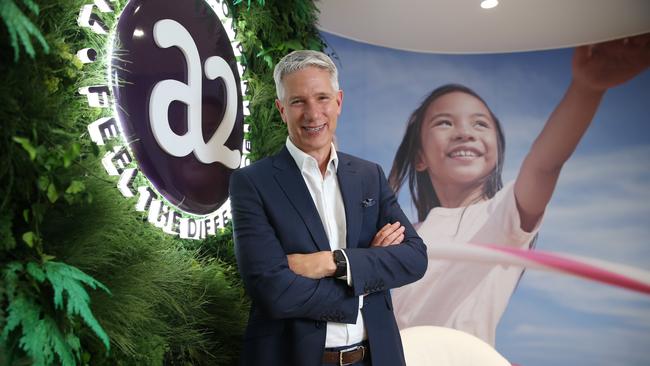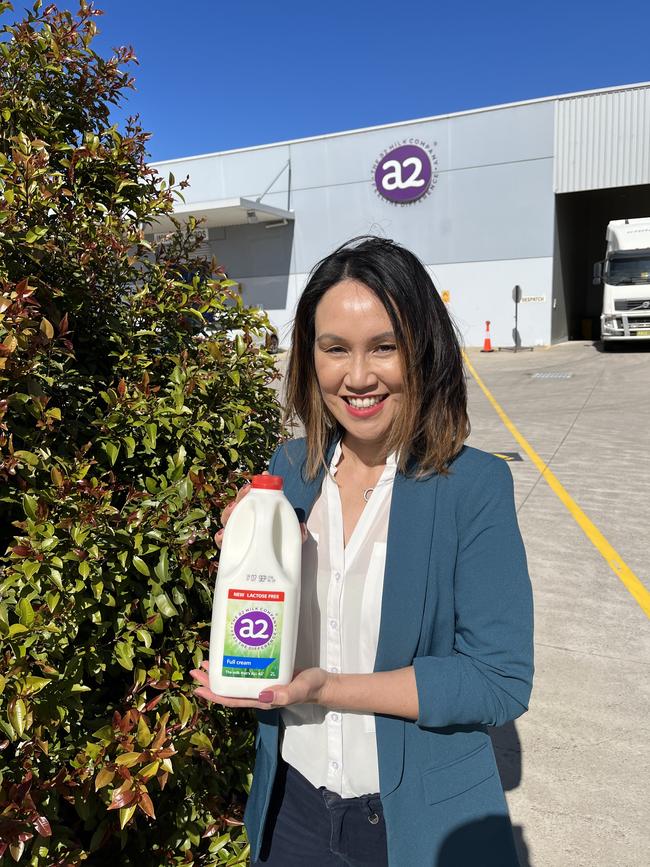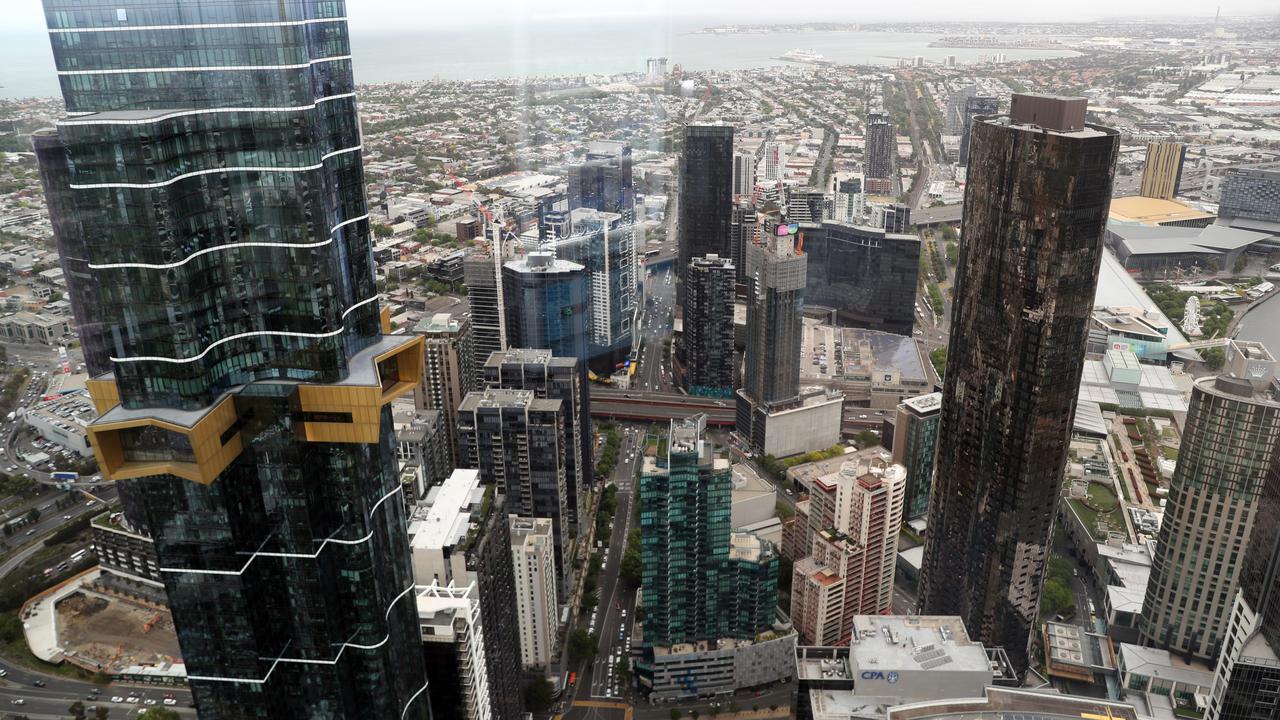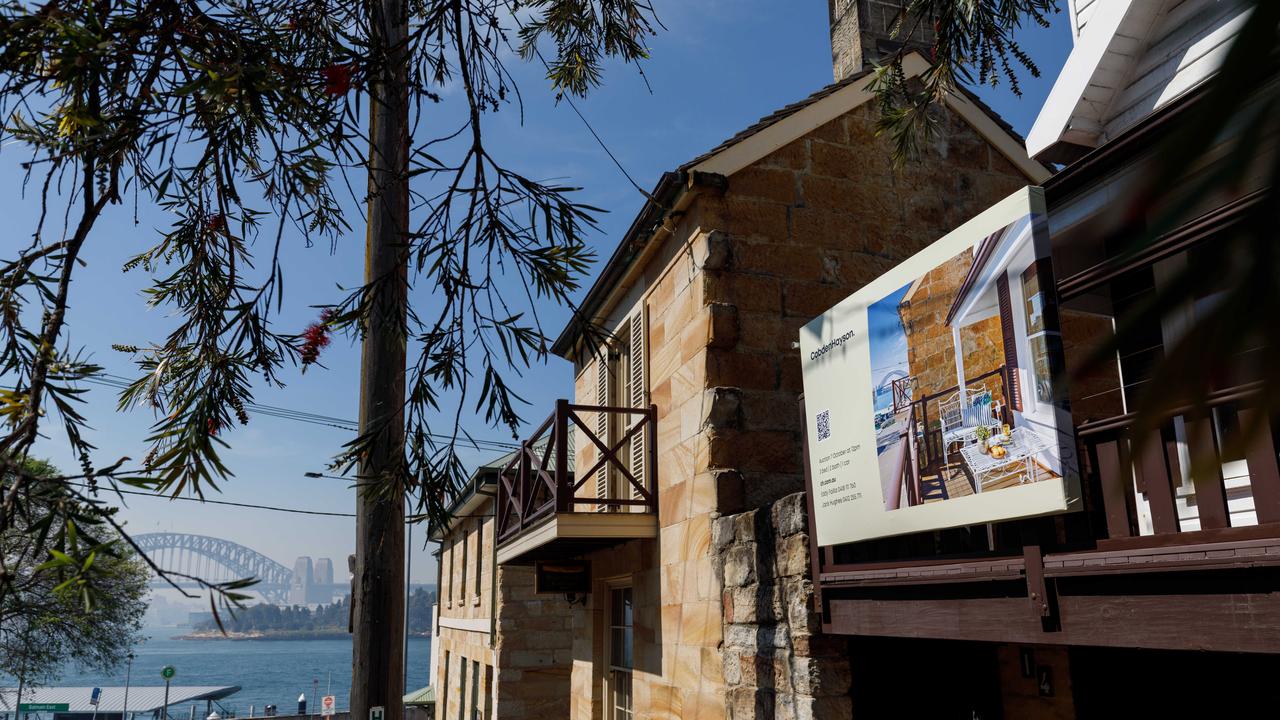A2 Milk dives deeper into fresh milk category, hatches $120m lactose-free plan
Under pressure trans-Tasman dairy company A2 Milk is entering the $120m lactose-free market, doubling down on its claims to ease digestion.

A2 Milk is doubling down on marketing its products as being easier to digest, entering Australia’s $120m lactose-free fresh milk segment.
Chief executive David Bortolussi said the foray into lactose-free would not cannibalise the company’s existing sales but give consumers a double hit.
“We know many consumers experience digestive discomfort after drinking regular milk, which may be due to A1 protein intolerance and/or difficulty digesting lactose,” he said. “We have undertaken extensive consumer and market research and believe there is a keen interest in an A2 Milk offer that is lactose-free as well as being made with milk from cows which naturally only produce the A2 beta-casein protein type and no A1.”
A2’s founder, Corran McLachlan, learned that ordinary cows produce milk with different types of beta-casein proteins – A1 and A2 – 22 years ago, and discovered that the proteins affect people differently. While critics lambasted the company – saying there is little scientific evidence to support its claim that the A2 protein is easier to digest – in recent years it has triggered a long list of copycats, particularly in the infant formula category, with Nestle, Karicare, Cow & Gate, Junlebao’s Mead Johnson, Bellamy’s and Bubs launching their own A2 products.
At the same time A2 Milk has been under pressure, with its share price crumbling more than 75 per cent since its record high of $20 in July 2020. The collapse of the lucrative Chinese “daigou” reseller market hit the company, which at one point had a market value twice as big as Qantas.
A2 Milk also suffered another setback after the US Food and Drug Administration halted its application to temporarily sell infant formula in America to help ease a national shortage – although Mr Bortolussi said the FDA’s decision would not materially affect earnings.
The company, which is listed on both the ASX and the New Zealand Stock Exchange, is refocusing its attention on its original fresh milk products, striking a chocolate milk partnership with US confectionary giant Hershey last October, and launching lactose-free in Australia.

The liquid milk market is notoriously tough, dominated by cheap private label products, with A2 one of the only companies able to lift sales by offering a point of difference.
But that growth has been slowing. At its half-year results in February, A2 revealed that its Australian fresh milk revenue had increased “marginally” by 0.2 per cent to $87.1m. Meanwhile, its fresh milk division achieved a new high value-share of 12.4 per cent at the end of December 2021, compared with 12.2 per cent at the end of June 2021.
The company will deliver its full-year results on Monday.
The lactose-free segment has the potential to lift sales significantly, given A2 faces one branded competitor in the fresh category: Paul’s Zymil, which is owned by Lactalis.
The Australian lactose-free segment totals 46 million litres and $122.5m in retail value. In the past year, the category grew by 6.9 per cent, with about 750,000 households in NSW and Victoria buying lactose-free.
A2’s lactose-free product is selling for a 5 per cent premium – at $6.30 for a two litre bottle – compared with its original range. A2 Milk chief marketing officer Edith Bailey said this reflected the additional technology to remove lactose from milk.
“Our market research suggests there is overwhelming support for A2 Milk to produce a lactose-free milk product, with 80 per cent of lactose intolerant or consumers concerned with digestive issues saying they would buy an A2 Milk lactose-free product if available,” Ms Bailey said.
“A survey conducted of more than 800 consumers who regularly drink lactose-free milk suggested that A2 Milk lactose-free would be a strong fit with the company’s brand positioning in the market.”
The product will be sold across Coles and Woolworths stores in NSW and Victoria in 2 litre format, with the 1 litre format to follow in coming months.



